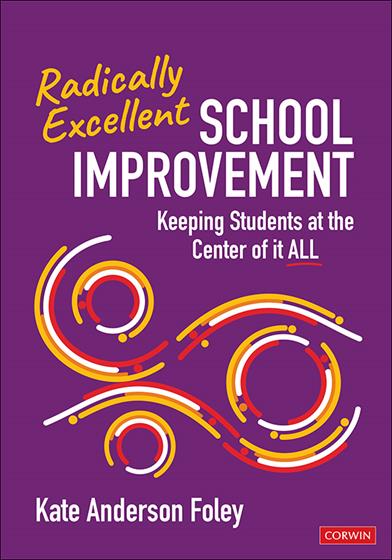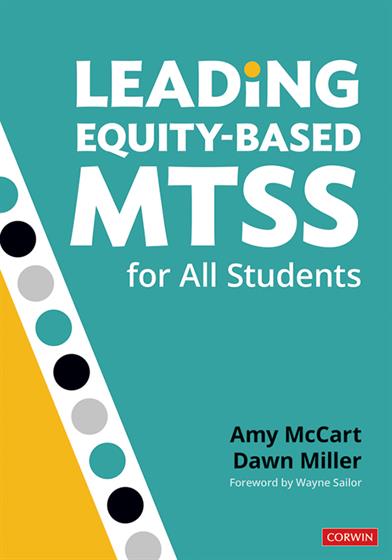The Relationship Between Inclusion, Absenteeism, and Disciplinary Outcomes for Students With Disabilities
By Kaitlin P. Anderson
Educational Evaluation and Policy Analysis; 2020; Volume 43, Issue 1
In the United States, students with disabilities (SWDs) are more likely to be suspended and chronically absent than their general education peers, diminishing their learning opportunities and exacerbating drop-out rates, poor academic achievement, and over-representation in the juvenile justice system. The extent to which SWDs are educated in general education classrooms may help improve these outcomes. The researchers in this article analyzed student demographics, attendance, and discipline data across five years for all SWDs in Michigan’s K-12 public schools.
The study weighs the possible influence of educational setting on attendance and behavioral outcomes for SWDs. One of the study’s findings is that students with Specific Learning Disabilities, Other Health Impairments, and emotional impairment are at higher risk of exclusionary discipline. Students with emotional impairment are also at high risk of not attending class. Policy makers should pay particular attention to these student groups when designing interventions. Researchers also found that all students tend to come to class more frequently when they are in an inclusive setting. Attendance was shown to be worse among students who spend less than 40% of their day in general education classrooms. The study indicates that there is a relationship between spending 80% or more of the day in a general education classroom (mainstreamed) and a lower likelihood of receiving disciplinary referrals and suspensions.
Results indicate, however, that moving students from one educational setting to a more inclusive classroom model does not necessarily reduce their chances of disciplinary referrals. Therefore, exercising caution when moving students is recommended. Teacher attitude is pivotal as those with more positive attitudes about inclusion are more likely to use strategies that make a difference with students. And as always, leadership’s role in creating a supportive environment impacts teachers’ willingness to foster inclusive classrooms.
Related Titles
Don't Have Much Time?
- The Literature Review provided for this paper is particularly informative. It highlights key findings from other research and does a good job of providing a balanced perspective on SWDs and inclusive classrooms.
- A key takeaway from the article is that educators play a critical role in helping students manage their behaviors and responding appropriately to misbehavior. Therefore, any pre-service and in-service training that provides information on the needs of SWDs can equip educators with more effective tools for behavior management.
Reflection Questions and Next Steps
- What is the percentage of SWDs at your school? What does the data show on attendance, referral, and suspension rates of SWDs? Are the students in inclusion classrooms or general education classrooms?
- The author of this article found that inclusion requires more than simple placement in a general education classroom. Based on your experience and the author’s findings, what do you think is necessary for success of SWDs in an inclusion classroom?
- What kind of training have you received regarding SWDs in your preservice program? Has your district made it a priority to learn more about SWDs through professional development opportunities? If yes, how has this professional development helped you in serving SWDs? If not, do you believe you would benefit from training? Who can you speak to today about making it happen?


